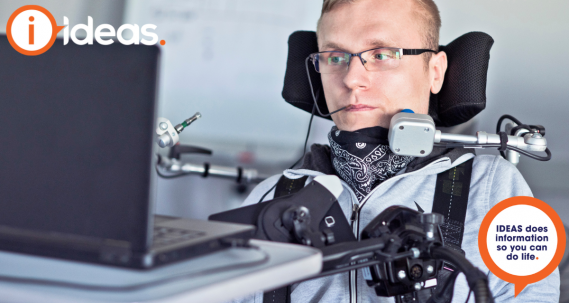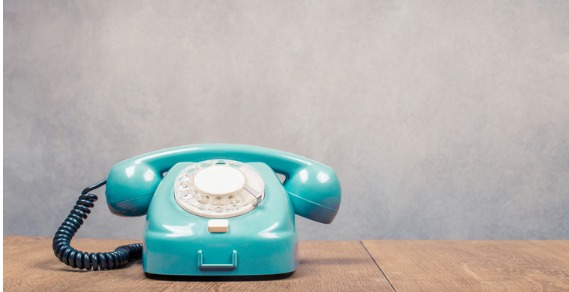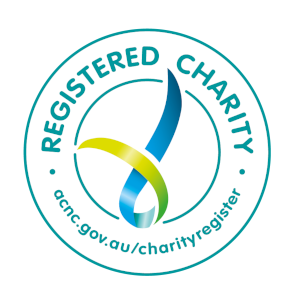In 2020 and 2021, the Coronavirus supplement initially increased Jobseeker payments by $550 a fortnight, making people on Jobseeker temporarily financially better off than those on the Disability Support Pension (DSP). Moving forward though, we look at which payment is better for you and if you meet eligbility requirements, based on your circumstances.
As the Coronavirus supplement has now stopped, people with disability will be slightly better off on the DSP than Jobseeker. If you are over 65, you may want to consider the Pros and Cons: Disability Support Pension vs. Aged Pension instead, as you will not qualify for the Jobseeker payment.
What is the DSP?
The Disability Support Pension is a payment from Services Australia (previously Centrelink) which helps people with disability, who meet certain eligibility criteria, pay for things like housing, electricity, and groceries. It is notorious for being very difficult to get, but if you can collect enough medical evidence to support your claim and fill out the required paperwork correctly, you are well on your way.
It is not linked to the NDIS (National Disability Insurance Scheme) in any way. If you receive the DSP, you will not automatically get an NDIS package. The reverse is also true, with some NDIS participants not receiving DSP benefits at all. The NDIS is managed by the National Disability Insurance Agency (NDIA), which is an entirely separate government agency to Services Australia (Centrelink).
How much is it?
How much you will receive on the DSP depends entirely on your circumstances, your age, whether you are single or live with a partner, and, unless you are legally blind, your income and assets. The DSP is means-tested, which means what you are eligible for will depend on whether you work, and if so, how much you work and earn, and what you own, including savings, investments, and properties.
The most you can receive on the DSP with supplements, as a single person over the age of 21 is $1064 per fortnight. The DSP comes with a Concession Card that enables cardholders to access concessions in the community and discounted medical expenses, including medications on the PBS and bulk-billed medical appointments.
Who can get it?
Not everyone with a disability or a medical condition can get DSP.
To get DSP, you need to meet both:
- non-medical rules
- medical rules.
Non-medical rules include things like your age, residence status, and income and assets. Read more about non-medical rules.
Services Australia (Centrelink) will use medical rules to assess how your condition affects you. Read more about medical rules. If you apply for the DSP, you will need to provide a lot of evidence from specialists and doctors to confirm how your disability affects you.
Services Australia has developed a DSP pre-claim guide to help you decide whether to claim DSP. It won’t tell you if you’ll get DSP.
You can still access services under the National Disability Insurance Scheme (NDIS) if you’re getting or claiming DSP.
Keep in mind, and if you can’t get DSP, you may qualify for other payments like Jobseeker.
Tips to apply
Our lead advocate James has put together some tips and resources to help you with your DSP application. Go to Disability Support Pension for more info.
What is Jobseeker?
The Jobseeker payment is an income support payment for unemployed Australians and requires people to be actively looking for work. It has previously been called and is still often called Newstart Allowance or the Dole.
How much is it?
How much you can receive on Jobseeker depends on your situation, from your marital status, to whether you have dependent children, and if you work and how much.
As of March 2023, If you are single, with no dependent children, your maximum fortnightly payment is $693.10. If you are in a couple, this is less ($631.20), and if you are single and have dependent children, or are over 60 and have been on Jobseeker for 9 or more months, it is more $745.20.
There are also circumstances where you may be granted an exemption from mutual obligations on this payment, which will mean you will receive more.
Go to Jobseeker - How much can you get for more info.
Who can get it?
There are strict eligibility rules for the Jobseeker payment. If you’re unemployed, or you’re not in full-time work, you may get JobSeeker Payment. This can include if you’re doing part-time or casual work.
If you get JobSeeker Payment and you earn income over a certain amount, it will affect how much you get.
You may be sick or injured, which stops you from doing your usual work or study for a short time. In this case, you may get JobSeeker Payment. You’ll need to meet certain rules and provide a medical certificate.
If you can’t work or study because of COVID-19 you won’t need to provide Services Australia with a medical certificate.
Mutual Obligations
If you receive Jobseeker payment, you will more than likely need to be actively looking for work and may have to carry out mutual obligations to prove that with a designated employment provider. Go to Mutual Obligations explained for more info.
How do I know which one is right for me?
Use the Payment Finder on the Services Australia website to find out which payment is right for you. If you need help using this online form, contact the Disability Gateway on 1800 643 787.
Living in poverty
Both the Disability Support Pension (DSP) and the Jobseeker payment leave recipients relying solely on these payments below the poverty line.
We know that due to COVID, many Australians are living in poverty for the first time. And we know that this is tough.
We are here to help. We have created a resource called Money Matters. Money Matters can help you find emergency financial services and supports and provides cost-cutting tips and recipes to help you live within your means.
Read the Money Matters blog series online.














